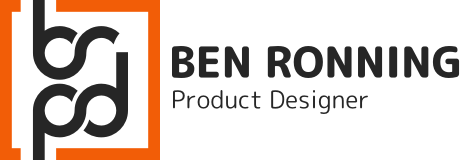50 Minute Hours
When my friends and I were challenged to create 100 sketches in three days - 5 minutes per sketch - we were asked how long that should take. I didn't even have to do any math, I knew instantly it would take 10 hours.
My focus in school was psychology, where I became familiar with the concept of the 50-minute hour. A client comes in, the therapist sets the egg timer, and there begins 50 minutes of psychoanalysis, behavioral therapy, etc. The "extra" 10 minutes is like a rounding error. The therapist uses it to refresh and prepare for the next client. To the client, those 50 minutes are usually the most therapeutic hour of their week.
I decided to turn my sketching challenge into 50 minute hours. It was a great way to slow time down and observe overlooked details. It allowed me to understand at a deeper level how people are interacting around me and with me. When everything begins to feel incredibly task focused, it's important to find time to reflect and use a different part of the brain. Discovering that kind of mindfulness is essential.
A couple weeks ago I had the opportunity to meet Irene Au, a design partner at Khosla Ventures. Out of all the great things she had to say, the biggest takeaway was how she used meditation and yoga to increase focus. The effects it has had on her work, she says, have been enormous.
As professional designers we are constantly challenged to cut through the tremendous noise and clutter of a problem, and discover the most essential thing to fix. Anything we can do to increase our ability to ruthlessly cut useless features and avoid scope creep will mean the difference between being a good designer and a great one.
That's a large part of what UX design is, focusing on the stuff that make the product/service work - its essence. Everything else is details and delight. In end I didn't reach 100 sketches. Not even close. But I appreciated the excuse to be an observant wallflower for a few days. I appreciated the therapy.
